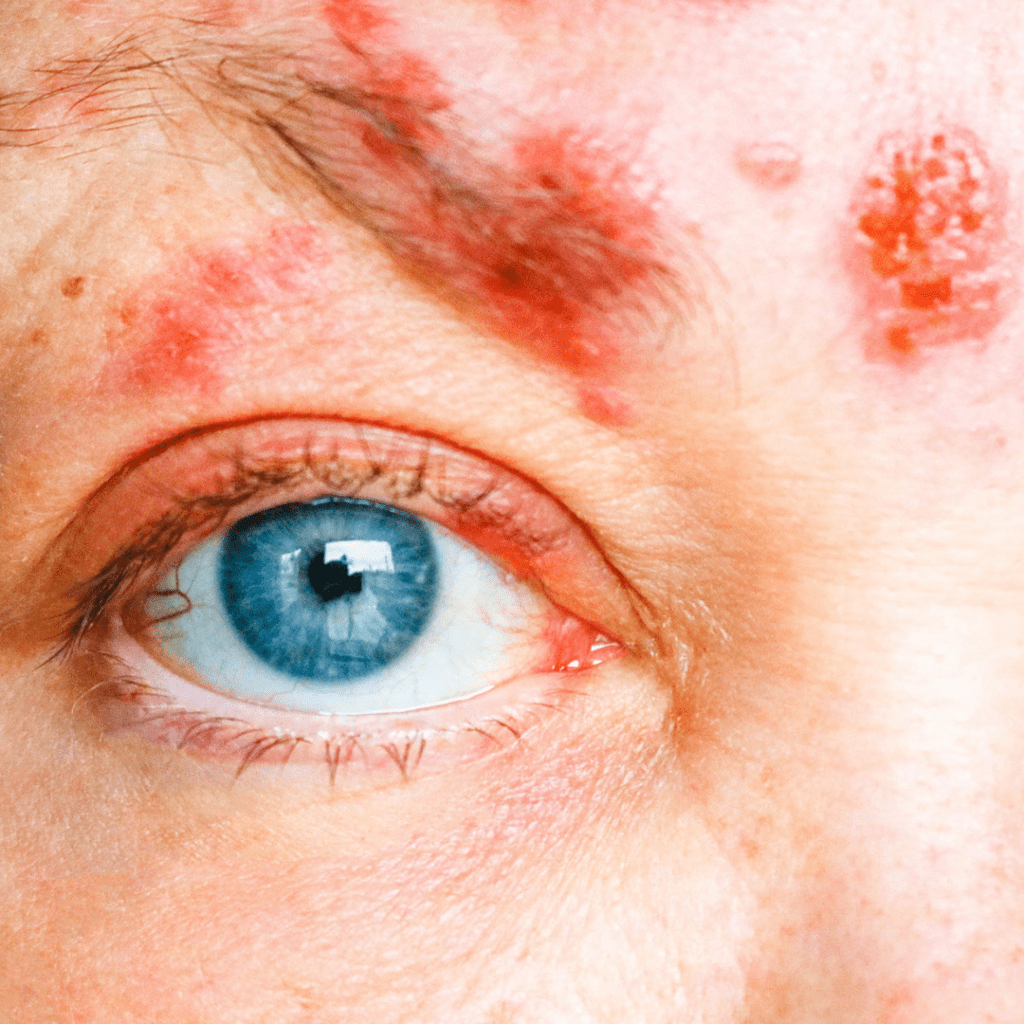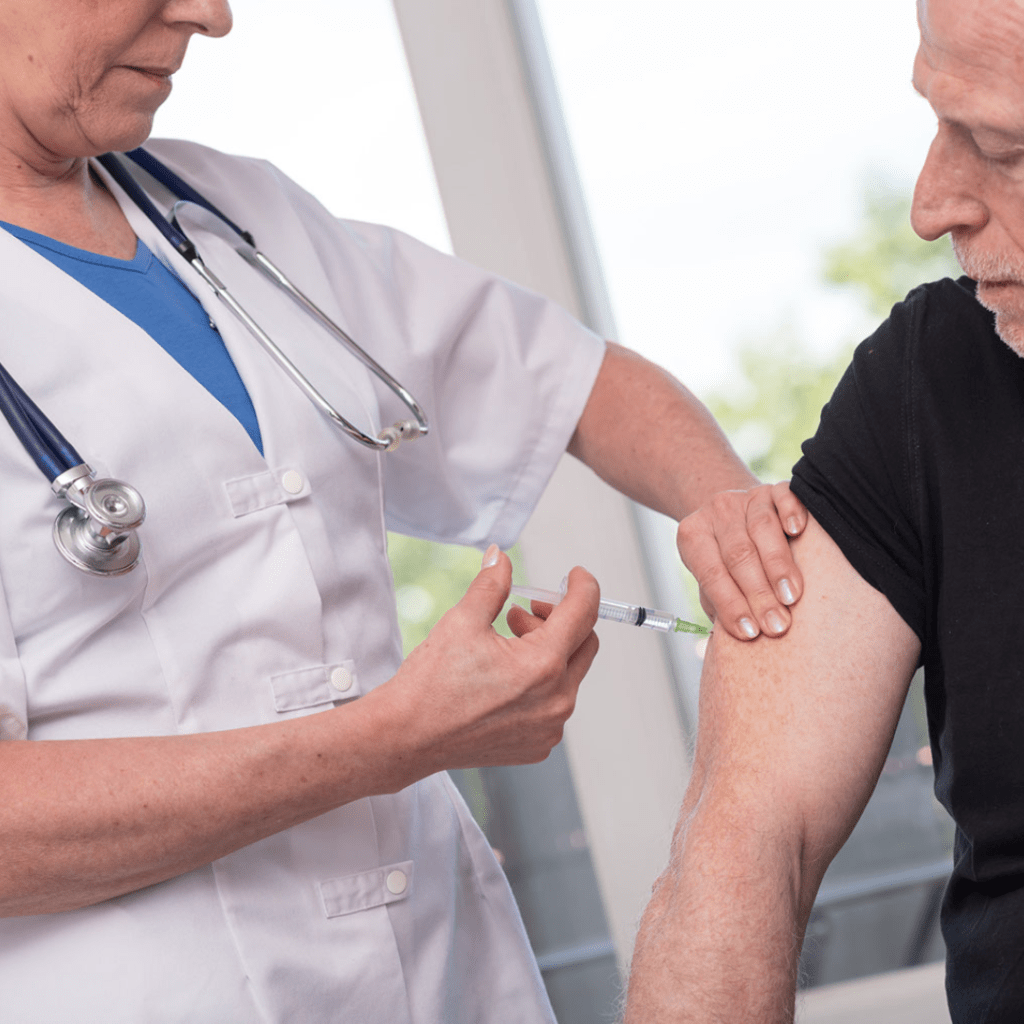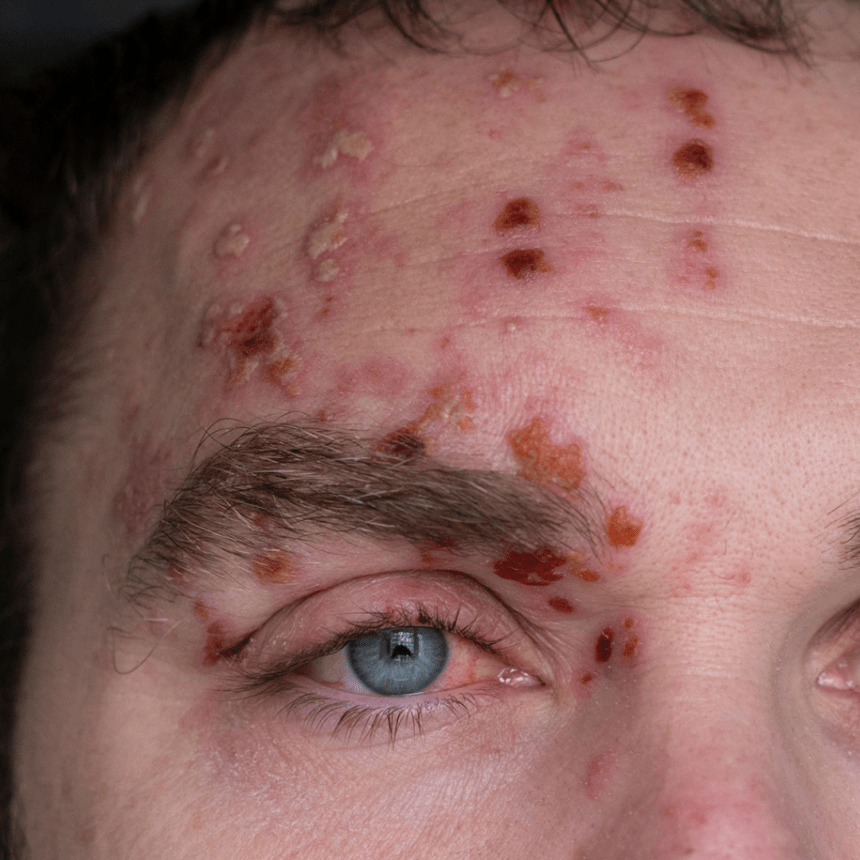Introduction:
The varicella-zoster virus, which also causes chickenpox, causes Herpes Zoster Ophthalmicus (HZO). HZO specifically affects the ophthalmic branch of the trigeminal nerve, which provides sensation to the forehead, scalp, and the front of the head, as well as the eye and its surrounding structures. It can cause a painful rash, vision problems, and in severe cases, blindness.
We will cover various aspects of HZO in this article, including its causes, factors that increase the risk of developing it, symptoms and signs to look out for, how to manage and treat it, and ways to prevent it, such as vaccination.
Causes:
HZO occurs when the varicella-zoster virus, which remains dormant in the nervous system after a person has recovered from chickenpox, reactivates.
IS HZO CONTAGIOUS?
Herpes zoster ophthalmicus is not directly contagious and will not spread from one person to another. But someone with shingles can potentially spread the virus to someone who has not had chickenpox, it is through direct contact with the rash or blisters, not through casual contact.
It is important to avoid touching, rubbing, or scratching the affected eye and to maintain good hygiene practices to prevent the spread of the virus. People who have never had chickenpox or the chickenpox vaccine are at risk of developing chickenpox if they come into contact with someone who has HZO or shingles.
The virus lies dormant in the nerves after a person has had chickenpox and can reactivate later in life, causing herpes zoster (shingles), which can affect the eye in some cases.
It is important for people with shingles to avoid contact with individuals who have not had chickenpox or who have weakened immune systems
Risk Factors:
- Individuals who have had chickenpox during their childhood are more likely to develop shingles in the eye.
- People aged 50 years and older are at higher risk for shingles due to a weakening immune system.
- People with weakened immune systems, such as those undergoing chemotherapy, or those with diseases such as HIV/AIDS, are more susceptible to shingles in the eye.
- Shingles can also occur in pregnant women and premature infants
Symptoms:
The first symptom of HZO is usually pain, which can be severe and localized to one side of the face. This pain is often accompanied by prodromal symptoms such as headache, fever, and fatigue. The rash usually appears 2-3 days after the onset of pain and prodromal symptoms.

The HZO rash typically is on one side of the face and appears in a band-like pattern around one eye and can extend to the forehead and nose. The rash consists of fluid-filled blisters that can be painful and itchy. In some cases, the rash may also cause redness and swelling of the affected area. Other symptoms of HZO can include redness, watering, light sensitivity, blurred vision, and a feeling of pressure or fullness in the eye.
The HZO rash typically lasts for 2-4 weeks and goes through three stages: the blister stage, the ulcer stage, and the scabbing stage. As the rash progresses into the blister stage, it forms blisters filled with fluid. During the ulcer stage, the blisters break open and form sores. Finally, during the scabbing stage, the sores dry up and form scabs, which eventually fall off.
In severe cases, HZO can cause vision loss, permanent scarring of the cornea, or even blindness.
It is important to seek medical attention as soon as possible if you suspect that you may have HZO. Your healthcare provider may prescribe antiviral medication to help reduce the severity of the infection and prevent complications.
Treatment:
Early treatment is crucial in managing HZO to prevent complications.
- Oral antiviral medication, such as acyclovir or valacyclovir, can be prescribed to reduce the severity and duration of the infection.
- Pain medication and topical ointments can also help relieve symptoms.
- In more severe cases, steroid medications may be used to reduce inflammation and prevent scarring.
- Eye drops or ointments can be prescribed to help prevent secondary bacterial infections.
- In rare cases, surgery may be necessary to correct complications such as corneal scarring or glaucoma.
Prevention and Vaccine:

The best way to prevent HZO is to get vaccinated against it.
There are currently two vaccines available for the prevention of HZO, Zostavax and Shingrix.
Although vaccines for HZO and shingles don’t guarantee complete immunity, they do significantly reduce the severity of infection. Healthcare providers recommend these vaccines for individuals aged 50 years and older.
The recommended dosage for the Zostavax vaccine is one subcutaneous injection. The Shingrix vaccination, on the other hand, requires two doses, the second of which is given two to six months after the first.
It is important to consult with your healthcare provider to determine the best vaccine for you based on your age, health status, and other factors.
Other preventive measures include practicing good hygiene, avoiding close contact with infected individuals, and maintaining a healthy immune system through a balanced diet, regular exercise, and stress management.
Conclusion:
HZO can be a painful and potentially serious infection that affects the eye and its surrounding structures. It is caused by the reactivation of the varicella-zoster virus, which also causes chickenpox. Early diagnosis and treatment are key to managing HZO and preventing complications, including vision loss. The Zoster vaccine is a safe and effective way to prevent HZO in adults over 50. Practicing good hygiene and maintaining a healthy immune system can also help prevent HZO. If you experience any symptoms of HZO, seek medical attention immediately

